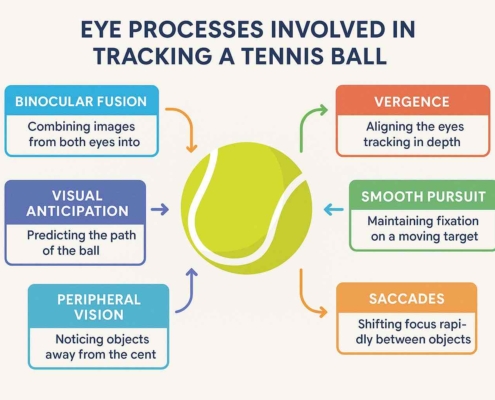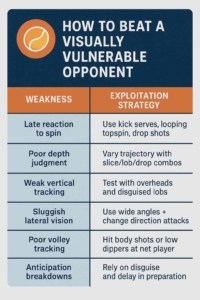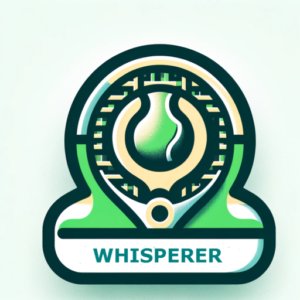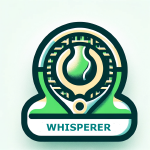Lost in Translation: Ball Watching
Lost in Translation: Ball Watching
One of our students recently asked a great question: “Why do we always start training with ball watching drills?”
Simple answer? Because watching the ball is everything.
BALL WATCHING: THE UNSUNG FUNDAMENTAL
When it comes to consistent, high-level tennis, ball watching is the foremost of the three key fundamentals (alongside movement and stroke mechanics).
Here’s the kicker: Over 90% of tennis errors are due to poor visual tracking — not poor technique.
And this isn’t just a beginner issue. Even advanced players can drift into lazy visual habits, losing timing, spacing, and shot control.
But “watching the ball” isn’t just about keeping your eye on it. It’s a complex, trainable skill powered by a system of advanced eye processes. Let’s break them down:

and their potential impacts:
The Eye Processes Behind Every Stroke
| Eye Process | Function | Tennis Application | Primary Stroke(s) |
|---|---|---|---|
| Binocular Fusion | Merging images from both eyes | 3D ball tracking & precise contact zone | All strokes; especially groundstrokes, volleys |
| Vergence | Aligning eyes to track depth | Adjust to incoming ball speed and distance | Serve return, lobs, overheads |
| Visual Anticipation | Predicting trajectory before contact | Reading cues to prepare movement early | Return of serve, passing shots, poaches |
| Smooth Pursuit | Following moving objects | Continuous tracking of ball trajectory | Baseline rallies, slice approach, high volleys |
| Saccades | Rapid focus shifts between targets | Eye jumps from opponent → ball → target zone | Serve return, transition shots, net play |
| Accommodation | Adjusting lens focus for clarity | Sharp focus at changing distances | Short balls, volleys, return of serve |
| Peripheral Vision | Monitoring off-center activity | Awareness of opponent, court, net player | Doubles volleys, approach shots, wide coverage |
Outplaying Opponents Starts with Smart Scouting
There’s a perception that when an opponent makes a series of simple errors, it’s just bad luck or poor execution. But often, those moments come from something more deliberate — strategic observation and early scouting.
Some of my most best wins against top-tier ATP professionals weren’t about hitting harder. They were about watching more carefully — especially in the warm-up and opening sets. While rallying, I’m already gathering data: how my opponent tracks the ball, how they move under pressure, how early they recognize spin or disguise.
These small observations add up to a clear game plan. Here’s what to look for early on:

The Bottom Line
This brings us back to where it all starts: ball watching. But not in the way most people think.
Ball watching isn’t just about “keeping your eye on the ball.” It’s about what that visual discipline unlocks — the ability to read your opponent, anticipate patterns, and build a game plan in real time.
When you watch with purpose — during warm-up, points, and transitions — you begin to see the match in layers. And that’s when tennis shifts from reactive to strategic.
Ball watching is a skill. And like all skills, it gets sharper the more you train it.
So that’s why we start each session with learning how to watch the ball!




